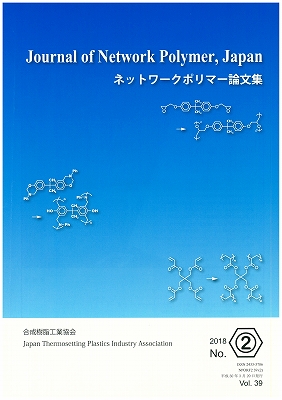Volume 44, Issue 6
Displaying 1-5 of 5 articles from this issue
- |<
- <
- 1
- >
- >|
Original
-
2023Volume 44Issue 6 Pages 258-265
Published: November 10, 2023
Released on J-STAGE: November 29, 2023
Download PDF (1633K) -
2023Volume 44Issue 6 Pages 266-274
Published: November 10, 2023
Released on J-STAGE: November 29, 2023
Download PDF (2040K) -
2023Volume 44Issue 6 Pages 275-285
Published: November 10, 2023
Released on J-STAGE: November 29, 2023
Download PDF (2151K)
Comprehensive
-
2023Volume 44Issue 6 Pages 286-293
Published: November 10, 2023
Released on J-STAGE: November 29, 2023
Download PDF (1843K) -
2023Volume 44Issue 6 Pages 294-301
Published: November 10, 2023
Released on J-STAGE: November 29, 2023
Download PDF (1769K)
- |<
- <
- 1
- >
- >|
